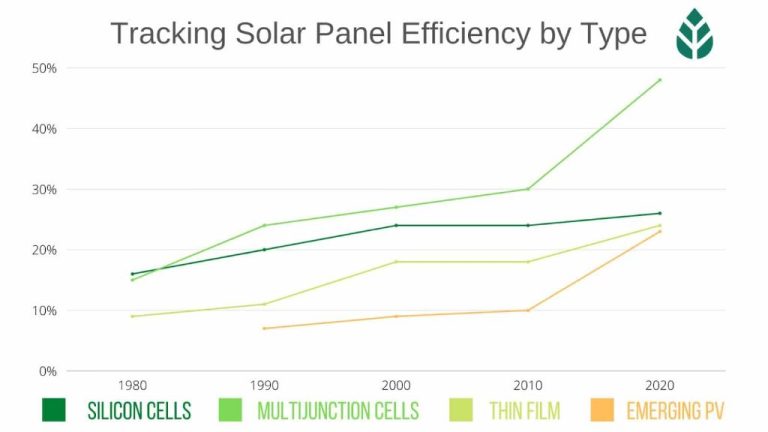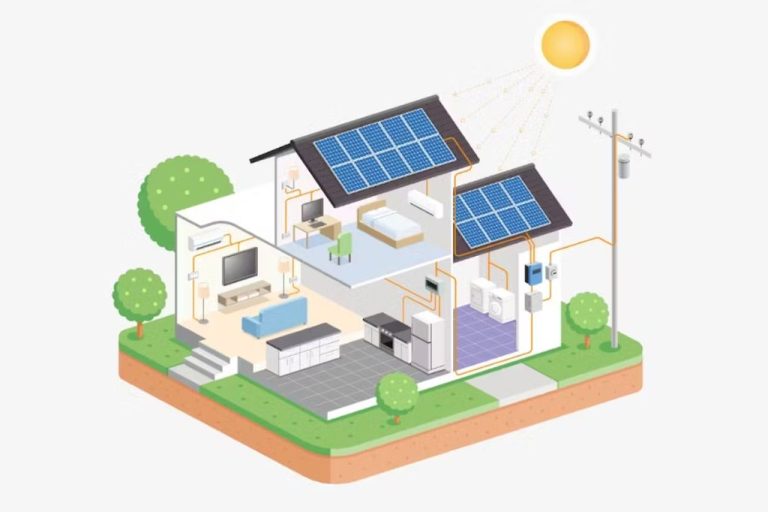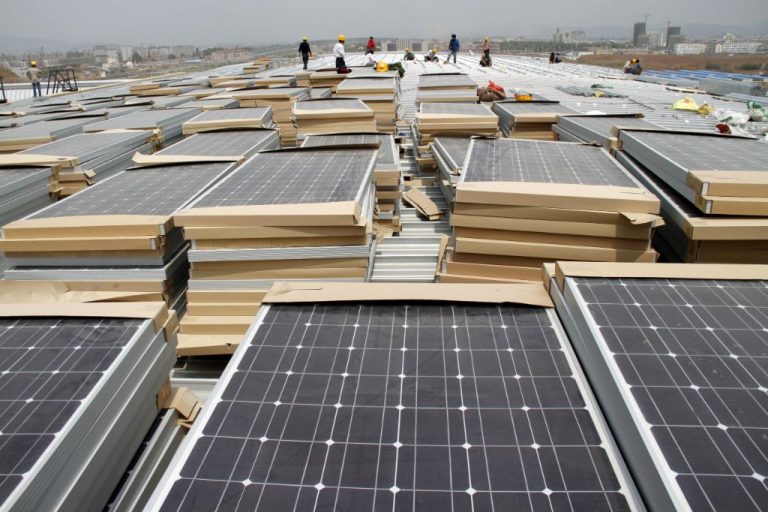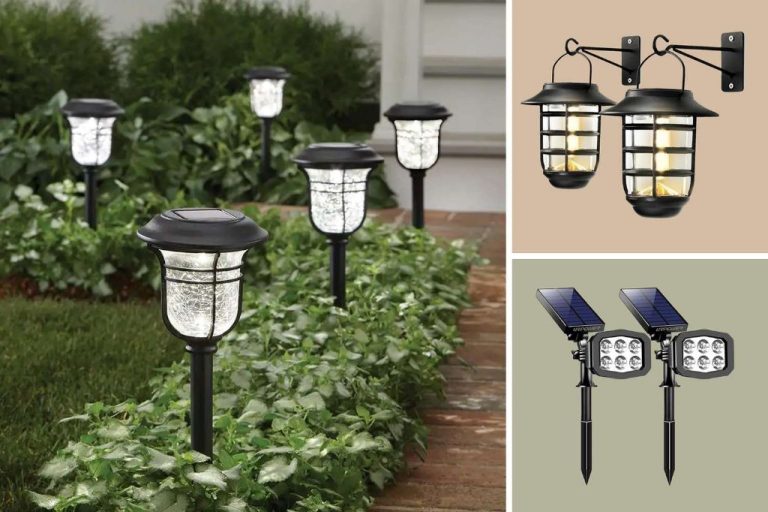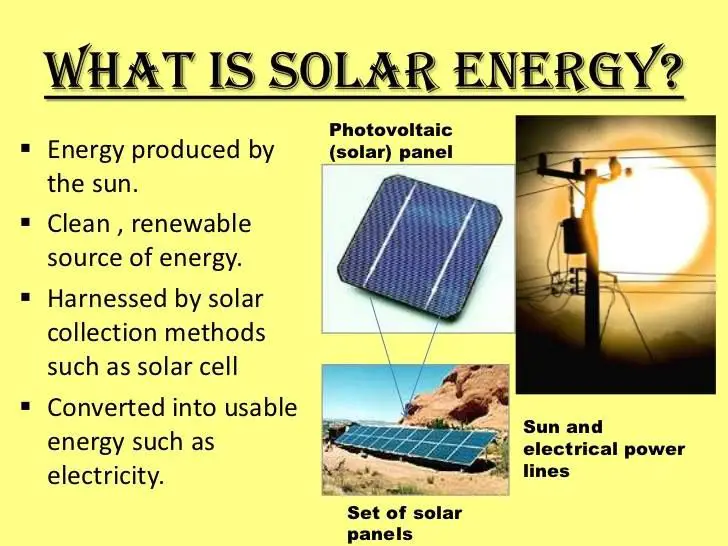What Are The Clearance Requirements For Solar Panels In California?
The popularity of solar panels has grown significantly in recent years in California, largely due to incentives, declining costs, and increasing interest in renewable energy sources. However, installing solar panels requires following specific clearance requirements for safety and compliance reasons. This article explains the key solar panel clearance requirements that need to be considered in California.
Understanding the proper solar panel clearances ensures your system meets fire code, does not infringe on neighbor’s views or shared spaces, and can withstand expected wind and weather conditions. Following these rules allows your solar installation to operate safely and efficiently while avoiding issues down the road.
Permitting Requirements
In California, most solar installations require permits from the local building department or authority having jurisdiction (AHJ) prior to construction (California Solar Permitting Guidebook, 4th Edition). The permitting requirements apply to both residential and commercial solar projects. According to the California Energy Commission, the purpose of the permit process is to ensure installations comply with all applicable electrical and building codes for safety (Residential Solar Permit Reporting – SB 379).
Specifically, permits are required for any solar PV system installed on a residential building, schools and hospitals. There are limited exemptions for small installations under 10 kW on non-residential buildings. All grid-connected systems also require an interconnection agreement with the local utility. The local AHJ reviews permit applications and plans to verify compliance with the California Electrical Code, California Building Code, California Fire Code and other relevant standards. Once approved, the AHJ issues the permit and conducts inspections at key stages of the project (California Solar Permitting Guidebook, 4th Edition).
Fire Code Compliance
Solar photovoltaic (PV) systems in California must comply with relevant fire safety codes and regulations, especially regarding roof access and smoke ventilation. The key requirements come from the California Fire Code (CFC), which is based on the International Fire Code model standards.
The CFC mandates 6 feet of clearance access pathways around the perimeter of solar arrays on nonresidential buildings for firefighter access (California Fire Code Section 605.11). For residential buildings, arrays cannot be placed within 3 feet of ridge, hip, valley, eave, or other roof inclination change points (CFC Section 605.11.3.2.1).
Solar panels also cannot obstruct code-required ventilation openings, such as for attic spaces. Per CFC Section 605.11, a pathway of at least 3 feet wide must be maintained between the roof vents and the panels. Additionally, panels must be located at least 18 inches from roof edges and ridges to allow smoke ventilation for firefighters (CFC Section 605.11.3.2.1).
In summary, solar PV systems must follow CFC regulations regarding placement on roofs to ensure firefighter access and proper roof ventilation in the event of a fire.
Roof Clearances
The 2022 California Building Standards Code requires solar panels to have certain clearance distances from the edges and peaks of roofs. According to the California Energy Commission’s 2022 Energy Code Nonresidential Chapter 9 on Solar Ready requirements, PV arrays shall not have dimensions in either axis greater than 150 feet.1 Additionally, residential buildings with hip or ridge/valley roof features must provide a 3-foot access pathway from the eave to the ridge on each roof slope where solar panels are located.2
The California Fire Code also specifies minimum clearances around roof access hatches and pathways to parapets or edges. There must be at least 4 feet clear around roof access hatches and at least one 4 foot clear pathway to a roof edge or parapet.3 These pathways are necessary for firefighter access and ventilation.
Setback Requirements
In California, there are specific setback requirements for solar panels from property lines, public roads, and other structures that must be followed. According to the Setbacks for Solar Photovoltaic Panels document from San Diego County [1], solar panels cannot exceed 12 feet in height and must maintain a minimum 3 foot setback from the property line. Solar panels also cannot cover more than 50% of the yard’s required setback area.
The California Fire Code also stipulates setback requirements for solar panels to allow firefighter access and prevent fire spread. Per the 2022 California Fire Code [2], solar panels occupying over 33% of the roof area require a 3 foot (36 inch) setback pathway from the lowest roof edge to the ridge on each roof plane.
Overall, the key setback rules are maintaining adequate setbacks from property lines, ensuring firefighter access pathways, and limiting panel coverage of setback areas and roof planes as per local building codes.
Height Limitations
California has specific height limitations for rooftop solar panels to comply with building codes and fire safety regulations. According to the California Solar Permitting Guidebook, solar panels on pitched roofs may not exceed the maximum legal building height allowed in that jurisdiction. For flat roofs, solar panels are restricted to a maximum height of 16 feet above the roof surface.
Local city or county building codes may further restrict the height of rooftop solar arrays, especially if the property abuts a residential zone. For example, the city of San Gabriel limits ground-mounted solar panels to a maximum height of 25 feet on non-residential properties (§ 150.163). Homeowners should check with local permitting offices to determine the exact height limitations for their specific roof type and location.
Wind Load Calculations
Before installing solar panels in California, an assessment of wind loads on the panels and mounting system must be conducted to meet permitting requirements. Wind can create significant lateral forces on solar arrays, so properly engineering the mounting system is crucial.
According to the ASCE 7-16 wind load standard, solar panels must be designed to withstand wind pressures based on the building location and roof height. Load cases are analyzed for wind coming from multiple directions. The mounting system’s structural components like rails and clamps must be selected to accommodate the calculated wind loads.
Some key factors that influence solar panel wind loads include the panel tilt angle, array height, wind exposure category based on surroundings, and basic wind speed of the area. Permit submissions typically include sample wind pressure calculations and specifications for the mounting system components.
Conducting thorough wind load assessments and designing the mounting system accordingly is vital for safety and code compliance. Solar contractors must demonstrate they have properly accounted for wind in their panel designs.
Wiring and Conduit Rules
Solar PV systems in California must comply with the wiring and conduit requirements specified in the California Electrical Code (CEC) and Title 24. The 2022 CEC (based on the 2020 National Electrical Code) lays out requirements for wiring type, ampacity, overcurrent protection, disconnects, conduits, and more for PV system installations.
PV circuits operating at 80 volts or greater must be installed in metallic or nonmetallic raceways according to CEC Articles 690 and 705 [1]. PV source and output circuits must use listed PV wire or wiring systems with insulation rated for the maximum PV system voltage as specified in CEC Articles 310 and 690 [2]. The ampacity of conductors must meet code requirements for the design load current per CEC 690.8(A) [3].
Conduits and raceways for PV circuits must be properly selected and installed with regard to fill capacity, temperature derating, securing and supporting, expansion fittings, and grounding as covered in CEC Articles 300 and 690 [1]. Metallic conduit requirements also apply for DC grounded conductor enclosures.
Inspections
Solar installations in California require several inspections by the local building department at different stages of the project. According to the California Solar Permitting Guidebook [1], the common inspections include:
- Rough inspection – Ensures proper placement and mounting of rails, conductors, and other equipment prior to panels being installed.
- Final inspection – Confirms all panels, wires, disconnects and related components are properly installed and connected.
- Meter set inspection – Verifies the meter and AC disconnect are correctly installed before connecting to the utility grid.
Some jurisdictions may also require the following additional inspections:
- Foundation or structural inspection – Checks roof integrity and mounting points on new construction projects.
- Fire setback inspection – Ensures panels are located the required distance from roof edges and peaks.
It’s recommended to review your local building department’s solar inspection guidelines like those provided by Los Angeles [2] and San Diego [3] counties.
Conclusions
In summary, solar panel installations in California must comply with various clearance requirements to ensure safety and protect access. Key factors to consider include fire code setbacks, height limitations based on location, roof clearance distances, wind load engineering, and proper conduit installation per electrical code. Ongoing compliance includes permitting before construction and inspections after installation. While the rules may seem complex, following them carefully at each step is critical. Clearance requirements protect your home, community, utility workers, and emergency responders. By partnering with qualified solar professionals and adhering to the law, you can enjoy your new solar energy system safely and reliably.

